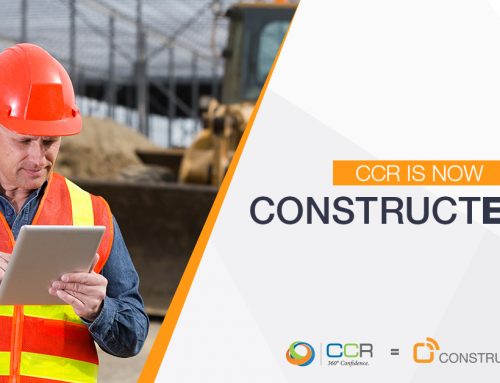Prefabricated and modular construction are not new concepts to builders, but they are beginning to disrupt the industry as the go-to method for many large-scale, high-profile projects. Three big drivers contribute to this shift: the types of projects, their locations, and the lack of skilled labor in the field.
Further, the US Bureau of Labor Statistics determined that construction’s traditional approach resulted in 57% wasteful and non-value adding activities. While manufacturing resulted in the opposite, with 62% of their activities being value adding. Combining manufacturing and construction seemed a wise approach.
So where are the benefits and what are the challenges to this approach? Let’s take a look.
Benefits to prefabricated building
- Quality Control. Because prefabrication and modular construction involves the creation of large, sometimes complex components off-site, there’s a huge improvement in quality control. Manufacturing buildings are designed with quality assurance and control in mind, often meaning a reduction in waste, mistakes, and accidents. Most processes in manufacturing facilities are mechanized, which increases the output in a smaller amount of time. In fact, a typical component used frequently in pre-fab structures are bathroom pods.
- Improved Safety. With parts of the project being completed off-site, the team installs the components when they arrive, which reduces labor hours and potential for human errors and accidents. Safety is a huge concern on any construction project, and while it’s impossible to completely eliminate safety issues, prefabrication can reduce many of the issues that occur during building.
- Schedule Control. Moving outside of the building, construction teams have Mother Nature to wrestle with on any project. Weather delays progress on a structure that can be avoided when parts of the structure are created indoors first. Prefab can also speed up construction phases such as the skinning of the building. By creating large panels of prefabricated exterior, a crane can put them into place in a much shorter span of time than constructing the exterior on-site.
To take it a step further, for firms with green building in mind, the reduction in on-site work reduces environmental damage and cuts down on traffic congestion around urban sites.
Challenges
While prefabrication offers many benefits, there are a few challenges that must be addressed, as well.
- Planning ahead is critical. Last minute changes are far more difficult to implement on a prefabricated or modular site. Preconstructed components are designed with specific measurements and layout in mind, which means adding an extra sink, a few more inches to a doorway, etc. will result in tremendous rework. Therefore, it’s absolutely critical that planning and design in prefabricated construction are well thought out.
- Balance is key. Another challenge is what we like to call “Modular in Moderation”. Not every component of a building requires modularization, just as not every component will benefit from prefabricated designs. While these strategies can save time, it’s important to recognize where they offer the most benefit. Having flexibility to incorporate last-minute changes can be important in structures that are less rigid in format.
Prefabrication and modularization are great for projects like:
- Data centers
- Student housing
- Hospitals
- Apartment complexes
- Senior housing
- Hotels where aesthetic consistency matters
- Structures where plug and play mechanical components make sense
They’re not ideal for spaces that require special design considerations, like custom designed buildings, open office spaces requiring specialized design, or ADA-compliant bathroom pods. These can reveal space and design issues once implemented into the space.
Implementing a prefab on your projects
Before you tackle offsite construction, it’s important to properly prepare. Pre-fabrication requires acknowledgment of a few key areas to ensure smooth implementation.
- Your firm should be digitized before you begin prefabrication. This ranges from virtual prototyping practices and BIM tools to the collection and processing of data. It’s important to have your supply chain digitized, too.
- Proper planning is a critical component of prefabrication. Because things are assembled offsite, it’s important that plans are solidified, reviewed, and double checked. Prefabricated structures don’t allow room for changes later on, especially if you go modular, so you want to be sure plans are finalized.
As with many other revolutionizing approaches, maximizing value from these tools only happens if you thoroughly understand their application and prepare to fully integrate them into your processes. Half-investing will lead to whole failure, wasted time and resources.
If you want to cut build time while boosting efficiency and productivity, modularization and prefabrication can lend an incredibly helping hand. Properly prepare and reap the benefits.






